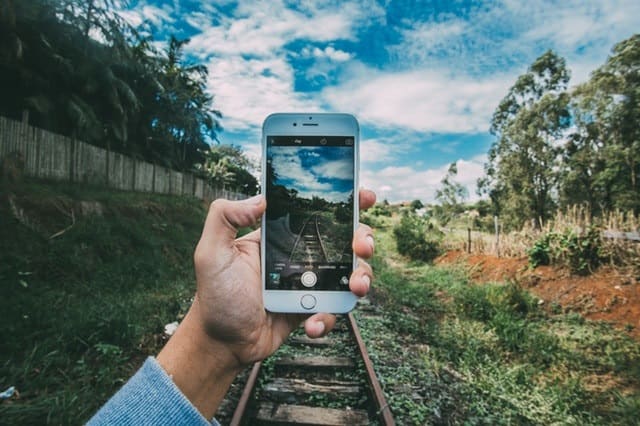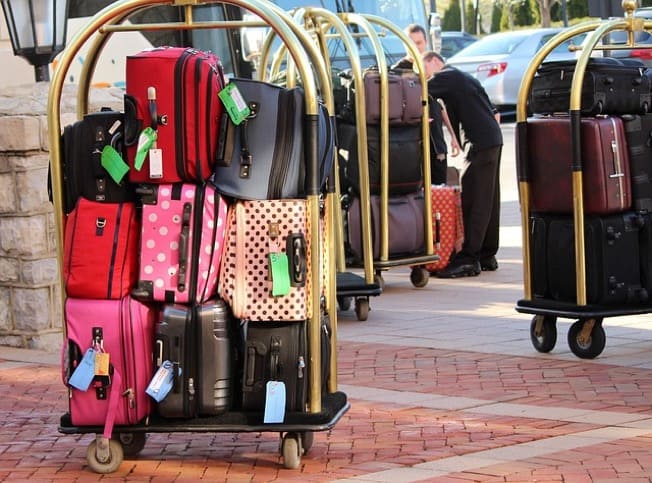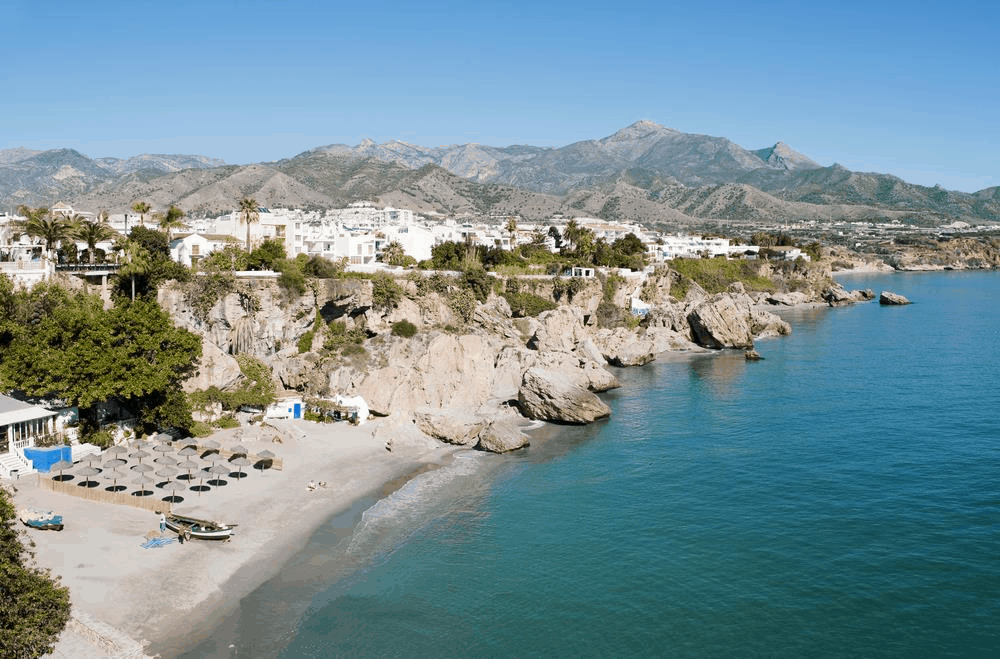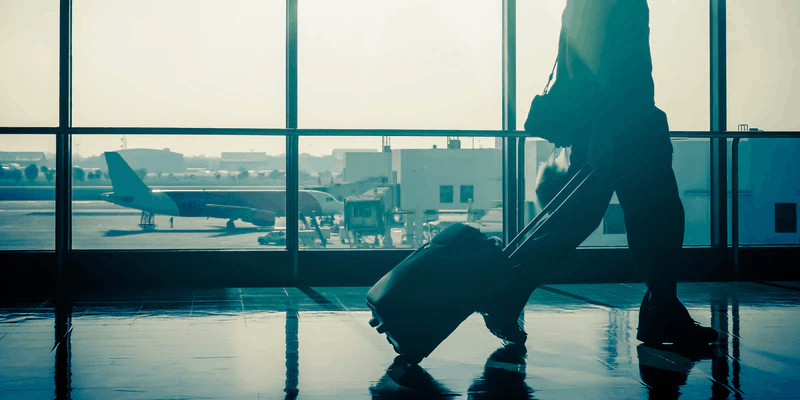Hiking is a glorious experience, and its beauty lies in the fact that it’s full of surprises. You’ll get to test your limits and your survival abilities, always learning new stuff. But there are lots of things you might think you know, although they’re just misconceptions. In this article, we’ll debunk 10 of the most common hiking myths, so read on.
1. You can stay completely waterproof
That’s really not true if you’re hiking for a very long time when it’s raining cats and dogs. Not even the most expensive, high-qualitative jacket on the market won’t keep you safe if you’re strolling away in a furious tropical-like storm. And that goes for your shoes too, particularly if you’re constantly stepping in huge puddles.
However, you can get a cool travel umbrella and stop until the rain stops too. You can find shelter along the way if you’re far away from camp, or set up a tent. The best thing you can do in rainy weather is to stay warm if you can’t stay dry. That will prevent hypothermia since water is a great heat conductor.
2. This expensive pair of boots won’t give you blisters
No, it will. A high price isn’t a guarantee of anything anymore. You need to focus on getting the right size for you, not a boot that’s too large or one that’s too small. Chaffing can produce blisters, but it can also lead to more serious injuries.
You should focus on getting a good pair of socks too. Not too thick, but insulating, as well as moisture-wicking is our best advice.
3. Hiking is all about a great revelation
The truth is that people hike for all sorts of reasons, including having fun or exercising, not just getting in touch with Mother Nature or discovering their true selves. Besides, the risk in thinking that you’ll get a big revelation about your life is being disappointed when the only thing you’ll get at the end of the day is tired.
The true danger is that you’ll go off without telling anyone about your planned hike or that you’ll choose a secluded trail. That’s not a good idea in case you get lost or in case of an accident along the way.
4. A first aid kit is all you need for medical emergencies
It’s always good to pack a first aid kit, but you need to know how to use the stuff inside. You should also make sure all the medicine are customized depending on the most common accidents that can happen on your hike.
You should also learn what medicinal plants you can use along the way. Researching and practicing a few basic skills like CPR is another advantage.
5. Very used trails don’t need planning
In fact, you need all the planning you can make because every hike is different depending on the season, the weather, how tired you are, who you’re going with, the time of day you start your hike and so forth.
You can’t rely on always stumbling upon people or the fact that you’ve done that hike before and now you know all the shortcuts. You need to make sure you’re following the right markings too. Don’t just assume that a tree is marked because it’s part of the trail. It can simply be meant for cutting down.
6. You need to hide your food from bears
That’s important, but you should hide your food from other animals too. In fact, the worse of them are the little critters, like mice or squirrels. You might not even be hiking in an area with a lot of bears either, but rats or raccoons are literally everywhere.
7. Expensive gadgets will keep you safe
For instance, getting the latest smartphone with incorporated GPS and all sorts of hiking apps can be awesome, but it’s not bound to keep you safe. The batteries might run out, your GPS might backfire or the apps won’t be able to connect.
So don’t neglect the power of the best emergency radio, even if you think this is totally old-fashioned. A good old map and compass can also save your life, but you need to learn how to use them first.

8. Half a gallon of water is enough for an 8-hour hike
It might be enough at home, but when you’re exerting yourself, half of gallon of water might last you for just four hours. You shouldn’t count on finding fresh water sources along the way, either, even if you’re in a lush forest.
Even if you know of a spring or stream along the way, take into account that it might already have dried up. So take enough water, but drink it in small sips.
9. Cold stream water is the most refreshing trail beverage
In fact, you can actually have a stroke if you’re drinking really cold water when you’re very sweaty and hot. You shouldn’t splash it on your face either. You can wait a while until your body temperature settles down a bit and you get your heart rate back to normal if you really want to enjoy this experience. Otherwise, just drink the water you have with you.
10. Get the warmest sleeping bag you can find
You won’t sleep any better if you’re feeling like a boiled egg in your sleeping bag. On the contrary, you’ll feel more comfortable if you research the weather first and get a tent and sleeping bag for the temperatures.
You might have also heard that sleeping naked in a very warm sleeping bag is amazing. Again, no. This actually reduces insulation and increases chances of hypothermia.
What have you heard?
There are much more hiking myths out there, but these are the ones we think are most dangerous. Do you know of other such hearsay people take for granted? Which gave you the most trouble until you were able to debunk it? Drop us a line in the comments!
Author Bio
Rebecca lives in USA, but loves hiking all over the world. Her favorite is Everest Base Camp Trek in Nepal. It usually takes 16 days, but she likes to slow down, enjoy mountains, company of other adventurers and take more pictures, so it took her 28 days last time. Another of her passion is the ocean, so all short and long hikes along the ocean shore bring a lot of joy. She also writes for HikingMastery.com.







